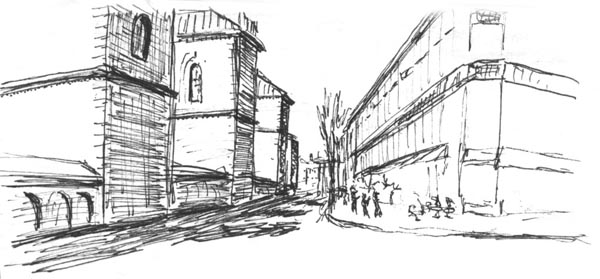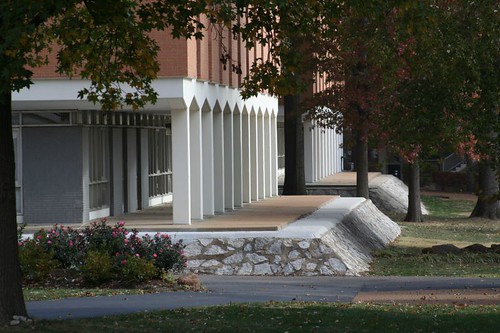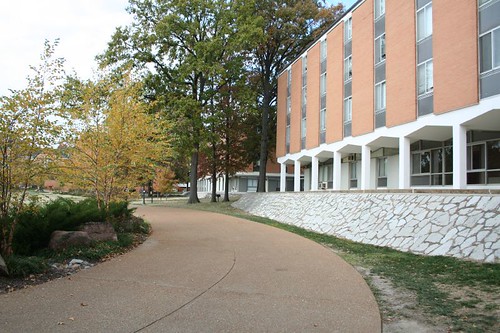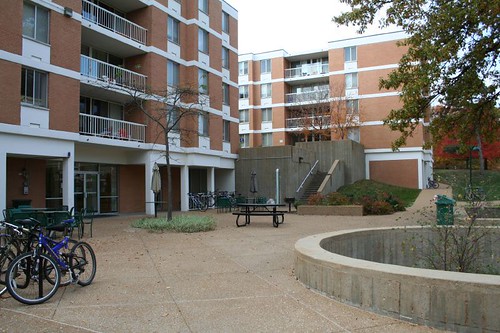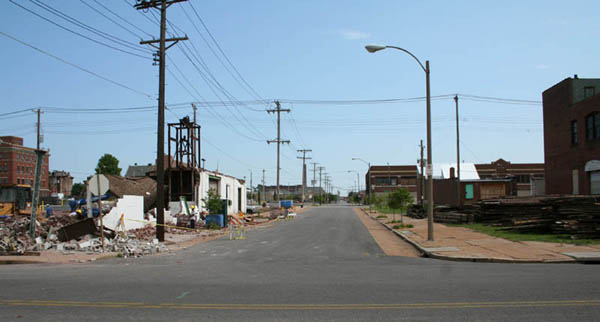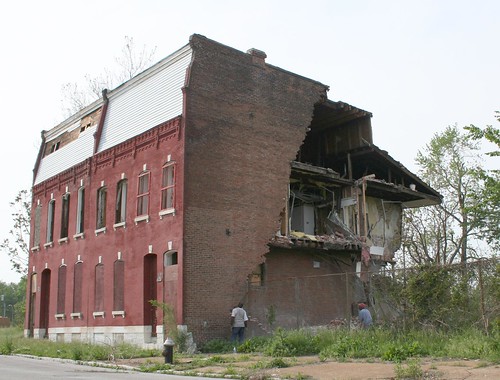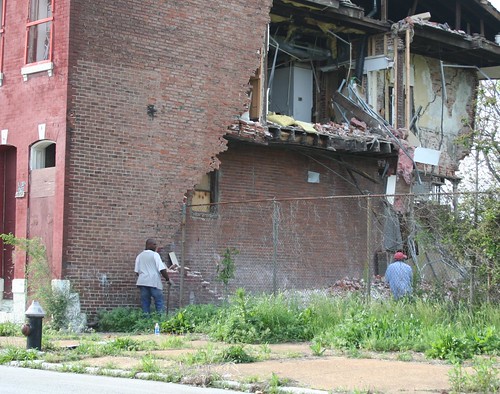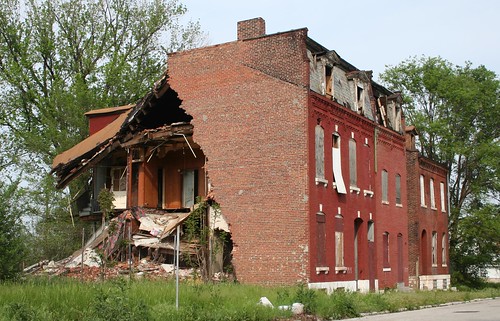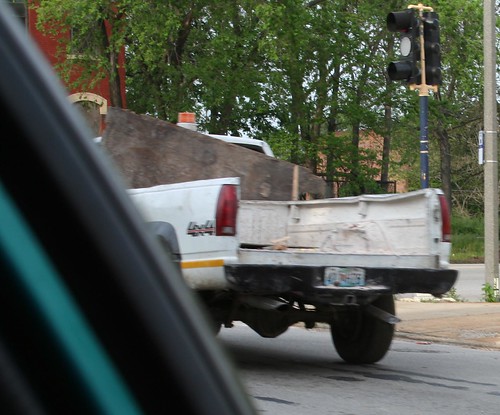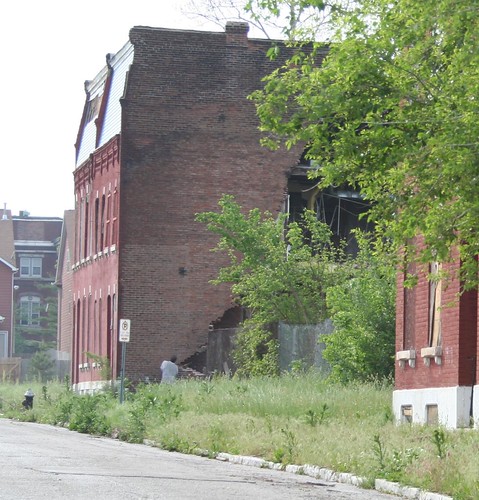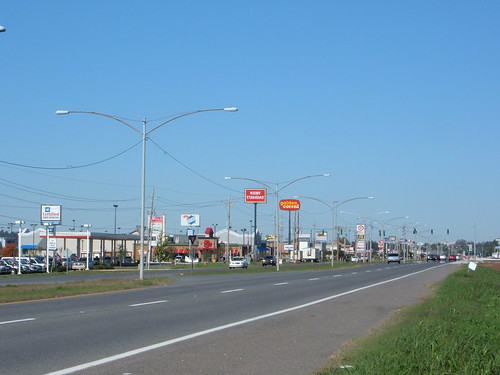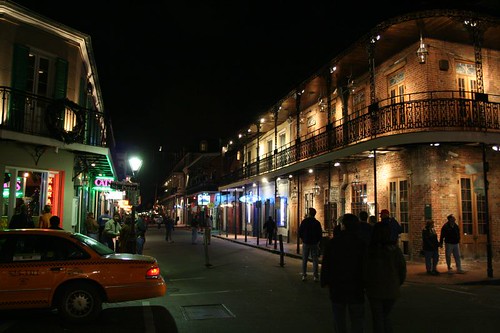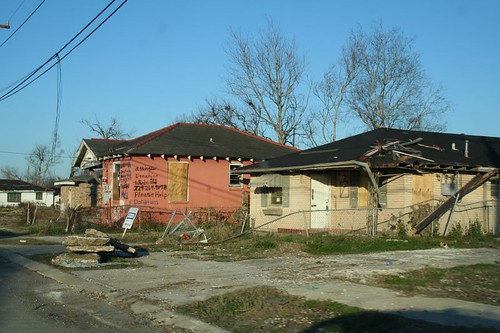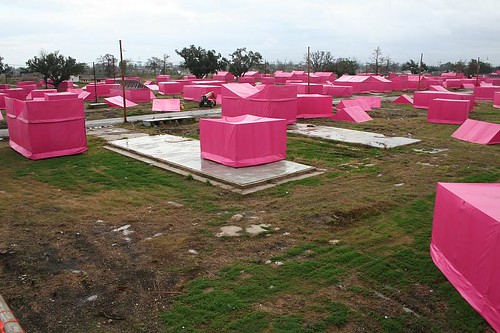
Pitt's project is named Make It Right 9, and there's a good writeup about it at the Poverty News Blog. As part of the project, a range of architecture firms were invited in to create prototype house designs for the neighborhood.
I had the chance to view the house designs this week. I applaud the intent behind the undertaking, but some of the designs really made me wonder what the architects were thinking.
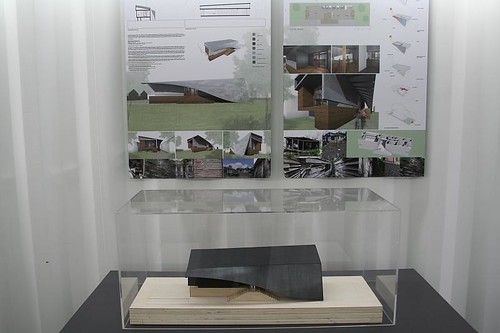
Many of the houses feature crazily angled walls and roofs, bizarrely bent forms that would require a master carpenter to build (or a computerized factory.) One looks like it was picked up by a flood and smashed in the middle, its back broken as though a bus (or a barge) had landed on it -- ho ho, oh, ironic commentary! What wit! If I were a survivor of the post-Katrina catastrophe, I think I'd feel insulted.
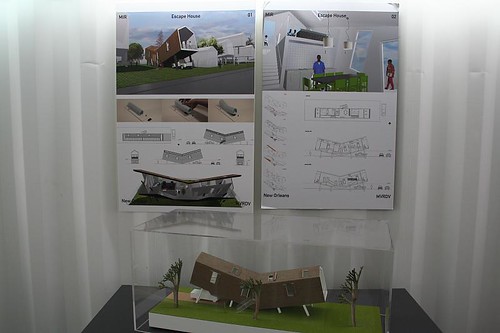
Several of the designs, however, seemed to show true interest in economy (ie, ease and speed of construction, the use of common and widely available methods and materials, not to mention use of common design elements that have made New Orleans buildings survivable for a century or more), which is what's truly needed to bring back an entire neighborhood. I particularly liked the one that featured a house whose walls are largely made of premanufactured modular storage cabinets, with a straightforward roof dropped on top. Simple to design, easy to erect in the field.
The green features are also of interest, though I wonder what the startup costs vs. long term savings are.
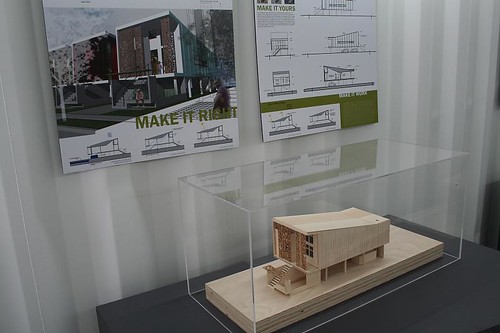
Ultimately, the problem is not a lack of design concepts. You can wander New Orleans and find a dozen or so tried and true house designs that have weathered a hundred years of the city's notorious heat and humidity and torrential rains. The problem is that hundreds or thousands of new houses are needed, right now. This means they have to be done quickly and affordably.
So again, I wonder -- what were some of the architects thinking? Was their intent to construct houses on a tight budget as a reproducible precedent, or merely to show off their bleeding-edge designs capabilities? Is theirs a humanitarian effort, or just jumping on a chance to jerk off, to experiment at the possible expense of the poor?
The full roster of designs can be seen here. Most of the projects featured descriptive text on their display boards, but sadly that text is not reproduced on the web site.



